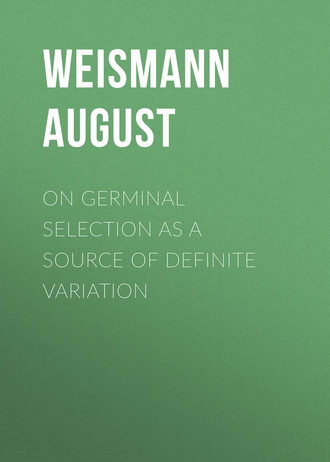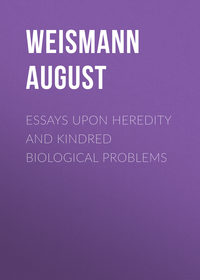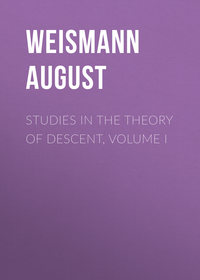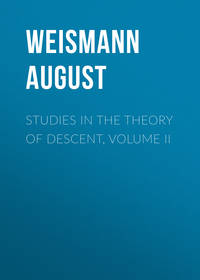On Germinal Selection as a Source of Definite Variation
 полная версия
полная версияOn Germinal Selection as a Source of Definite Variation
Жанр: учебная и научная литературазарубежная старинная литературазарубежная образовательная литературабиологияобщая биологиязнания и навыки
Язык: Английский
Год издания: 2018
Добавлена:
Настройки чтения
Размер шрифта
Высота строк
Поля






